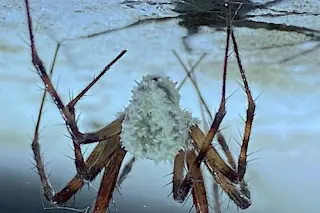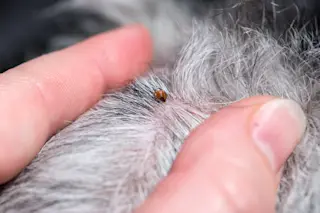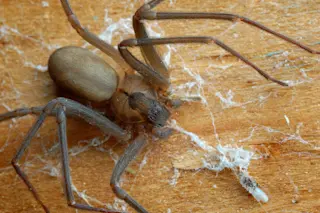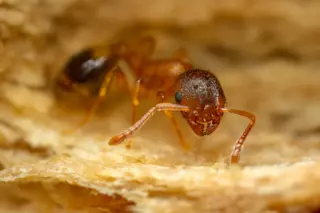For long journeys, the shell of a snail hardly seems like the ideal public transport. That is, of course, unless you're an even smaller snail...
Yasunori Kano from the University of Miyazaki has found that the babies of Neritina asperulata, a tiny snail just 3 millimetres across, hitchhike on the back of a larger species Neritina pulligera. This living bus is about 2 centimetres long, and dwarfs its passengers by more than seven times.
The hitchhiking snail is a special sort of parasite, and one that Kano thinks has never been described before. They don't use their hosts as a snack, a home, an incubator or a foster parent - they simply treat them as a vehicle. Other parasites may unwittingly migrate in the bodies of their hosts, but there's no evidence that these travels are intentional. N.asperulata, on the other hand, is completely dependent on the movements of other ...













